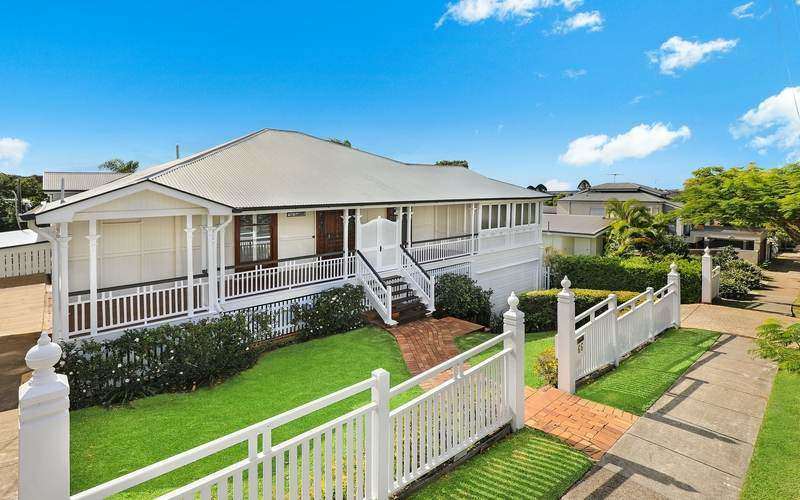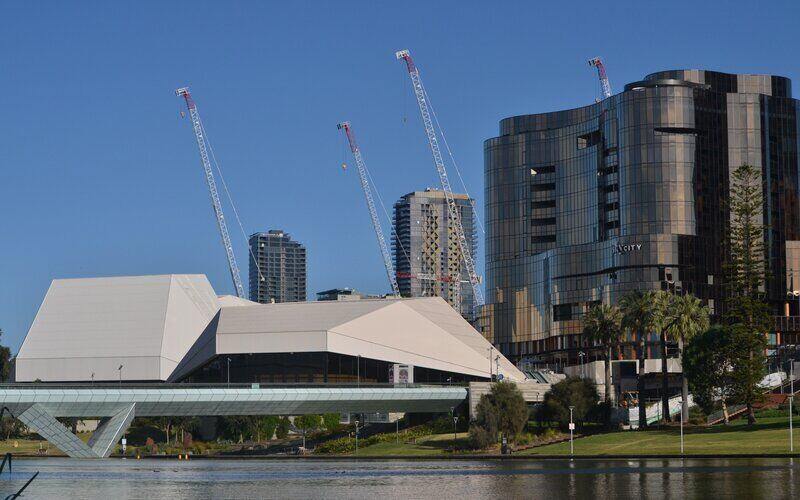The Australian Prudential Regulation Authority (APRA) today announced it’s in discussions to amend a key loan serviceability assessment that authorised deposit-taking institutions (ADIs) are required to conduct.
Under the current rules, APRA requires banks (ADIs) to assess loan serviceability that looks at whether the borrower can afford a home loan interest rate that’s the higher of either:
- a 7% interest rate floor; or
- a 2% point (200 basis point) buffer above the loan’s interest rate.
APRA highlights that a prudent ADI “should use rates comfortably above these minima”, which is why most ADIs actually use 7.25% and 2.25%.
But today APRA has proposed scrapping the 7% interest rate floor to allow banks to set their own minimum while pushing for a rise in the buffer to 2.5%.
APRA Chair Wayne Byres said the regulator was prompted to review the appropriateness of the mortgage lending guidance by the evolution of the ADI operating environment.
“With interest rates at record lows, and likely to remain at historically low levels for some time, the gap between the 7% floor and actual rates paid has become quite wide in some cases – possibly unnecessarily so,” Mr Byres said.
“In addition, the introduction of differential pricing in recent years – with a substantial gap emerging between interest rates for owner-occupiers with principal-and-interest loans on the one hand, and investors with interest-only loans on the other – has meant that the merits of a single floor rate across all products have been substantially reduced.”
APRA has suggested banks change the way they assess customers' ability to meet their mortgage repayments in a move analysts say will increase the amount people can borrow and could even stem the fall in house prices. https://t.co/rZUYYrqg5f #7NEWS pic.twitter.com/kFIkD12cyZ
— 7NEWS Brisbane (@7NewsBrisbane) May 21, 2019
Proposal could “increase borrowing capacity”
Senior credit officer for global credit rating agency Moody’s Frank Mirenzi said the proposal to remove the minimum 7% interest rate floor will help support credit growth and could stem the fall in house prices.
“The proposal will likely increase borrowing capacity and potentially allow households to increase leverage,” Mr Mirenzi said.
“However, banks have progressively tightened mortgage underwriting practices over a number of years, which mitigates the risks of a resurgence in excessive credit growth and another house price boom.”
Make it rain credit: Propertyology
Propertyology Head of Market Research Simon Pressley, who had been calling for the loan assessment rate to be cut to 6.25%, was full of praise for the announcement.
“APRA’s announcement is the single most important thing for the Australian economy and property markets in many years,” Mr Pressley said.
“Without credit supply, household dreams can’t be realised and money doesn’t filter through our economic ecosystem.
“It’s a bit like the world’s best farmer, having an enormous paddock with the best soil and an abundance of people keen to buy his produce – he just needs rain and then everyone will benefit.
“Credit supply is akin to that water supply.”
How much more could you borrow?
According to GBST’s borrowing power calculator, under the current rules (7% interest rate floor) someone with a gross annual income of $80,000 and annual expenses of $16,500 could borrow up to $346,000.
But under the proposed changes to remove the 7% floor and increase the buffer to 2.5% points, a 3.60% home loan could have a loan assessment rate as low as 6.1% (3.6% + 2.5%).
At this lower assessment rate, GBST’s calculator shows the applicant’s borrowing power increasing by $28,000 up to $374,000.
But by borrowing more, that mortgage-holder would be likely to pay more interest over the life of the loan.

Ready, Set, Buy!
Learn everything you need to know about buying property – from choosing the right property and home loan, to the purchasing process, tips to save money and more!
With bonus Q&A sheet and Crossword!



 Brooke Cooper
Brooke Cooper

 Harry O'Sullivan
Harry O'Sullivan
 Rachel Horan
Rachel Horan
 Alex Brewster
Alex Brewster

